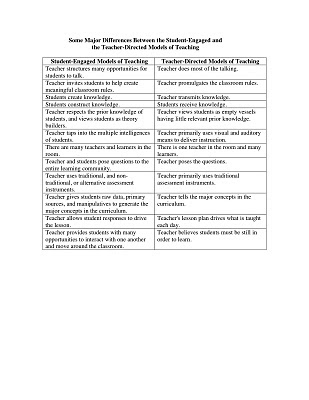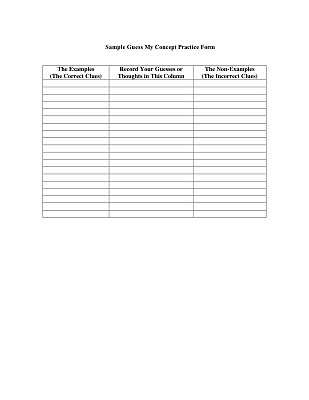
When mentoring our pre-service and in-service teachers we need to describe and model both research-based and clinically tested best practices. This is one of many lessons we will be sharing on teaching Judaic content, lesson planning, models of teaching, differentiated and individualized instruction and learning activities designed to transform the classroom into a Jewish community of cooperative learners. The title of this lesson is “Can a Teacher Reach All for His or Her Students?”. Since there are 13 elements in each lesson plan we will divide this lesson plan into four parts. Here are the first, second, and third parts of this lesson on what a teacher can do to reach all of his or her students. The fourth part of this lesson follows.
Independent Activities: (Students practice new skill/s or strengthen previously learned skills outside of the class.)
Students individually or in pairs (e.g. discuss by phone, email or video mode such as Skype or Isight), complete the chart that appears at the top of this post.
Closure: (Activity that summarizes and ends the lesson)
Summarize the lesson by posing these questions to your students:
Having completed today's lesson, how would you now answer these two questions:
1. Is it possible for a teacher to reach all of his or her students?
2. Taking human variability into consideration, as a teacher how would you try to reach all of your students?
On the next post we will begin our lesson on how can a teacher discover the multiple intelligences preferences of his or her students.






